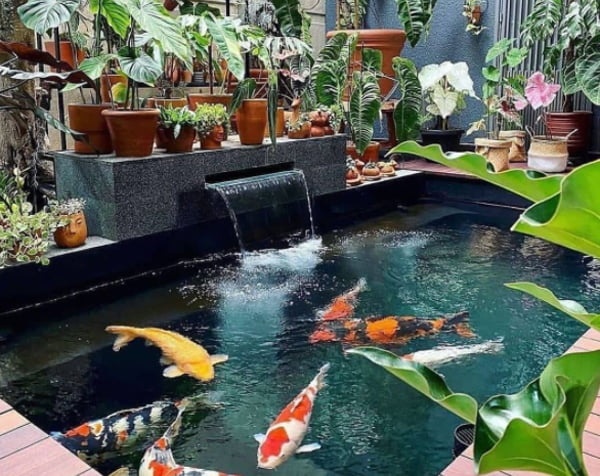Koi fish, renowned for their stunning colors and patterns, are more than just ornamental pets; they embody a rich history and cultural significance that has captured the hearts of enthusiasts worldwide. Understanding koi fish involves delving into their origins, care requirements, and the deep meanings they hold in various cultures, particularly in Japan.
The History of Koi Fish
The story of koi fish begins in ancient China, where they were originally bred for food as early as the 4th century. It wasn’t until they made their way to Japan in the 17th century that they became celebrated for their beauty. Japanese farmers began to selectively breed koi, focusing on enhancing their colors and patterns. This practice led to the development of various koi varieties, each with unique traits.
The first major breakthrough in koi breeding occurred with the introduction of the Nishikigoi in the early 20th century. This type of koi was specifically bred for ornamental purposes and quickly gained popularity. By the 1910s and 1920s, koi exhibitions were being held, and the fish became symbols of prosperity, luck, and perseverance.
The Beauty of Koi Fish
Koi fish are available in a mesmerizing array of colors, including red, white, black, yellow, and blue, often combined in intricate patterns. Some of the most popular varieties include Kohaku (white with red markings), Taisho Sanke (white with red and black markings), and Showa Sanke (black with red and white markings). Collectors and enthusiasts often seek specific patterns and colors, leading to koi being regarded as living works of art.
Their vibrant colors and graceful swimming patterns make koi a favorite for ponds and aquariums. Beyond their physical appeal, koi fish are known for their friendly disposition, often swimming up to greet their owners during feeding times. This interactive behavior fosters a connection between koi and their caretakers, enhancing the joy of keeping these beautiful creatures.
Cultural Significance
In Japanese culture, koi fish hold profound symbolism. They are often associated with strength, determination, and the ability to overcome adversity. A popular legend tells of a koi that swam upstream and transformed into a dragon after successfully navigating a waterfall, symbolizing the rewards of perseverance and hard work.
Koi are also significant in Japanese art, festivals, and ceremonies. They are commonly featured in traditional paintings and sculptures, and koi-themed festivals celebrate their beauty and cultural importance. During Children’s Day in Japan, families often fly koi-shaped banners to symbolize the hope for their children to grow strong and successful.
Caring for Koi Fish
Understanding how to care for koi fish is crucial for ensuring their health and longevity. Koi thrive in outdoor ponds, which should be spacious enough to accommodate their size and swimming needs. A well-maintained pond with proper filtration, aeration, and regular water quality checks is essential.
Feeding koi is another vital aspect of their care. A balanced diet consisting of high-quality koi pellets, along with occasional treats like fruits and vegetables, helps maintain their health. It’s important to avoid overfeeding, as this can lead to water quality issues and health problems.
Koi fish can be susceptible to diseases, so regular monitoring and maintaining a clean environment are essential. Seasonal changes also require specific care measures, such as adjusting feeding practices in colder months and ensuring adequate pond insulation.
Conclusion
Understanding koi fish involves appreciating their beauty, history, and cultural significance while recognizing the responsibilities of caring for them. These elegant creatures not only enhance the aesthetics of gardens and ponds but also symbolize virtues that resonate deeply within various cultures. By embracing the art of koi keeping, enthusiasts can enjoy a rewarding experience that connects them with nature and tradition.

